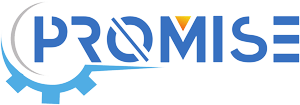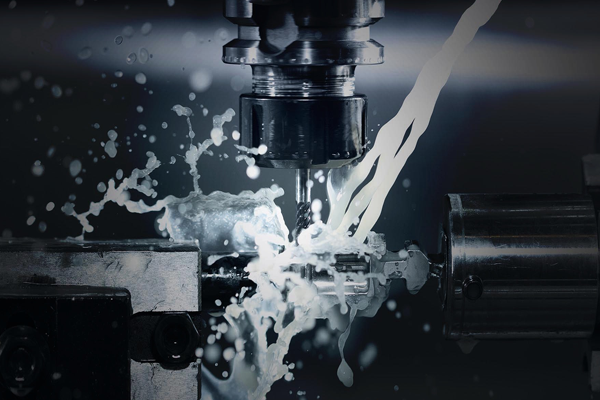CNC (Computer Numerical Controlled) shops use computerized machines to make parts with a high degree of accuracy and automated precision. Here are the steps involved in making parts in a CNC shop:
-
Design: The first step is designing the part using CAD (Computer-Aided Design) software. The design is usually saved in a DXF (Drawing Exchange Format) file.
-
Programming: The DXF file is then imported into CAM (Computer-Aided Manufacturing) software. The CAM software creates the tool paths that will be used by the CNC machine to cut the part. The tool paths are saved in an NC (Numerical Control) file.
-
Set Up: The NC file is loaded into the CNC machine. The machine operator then sets up the machine by installing the proper cutting tools and fixtures and entering the necessary tool and program offsets.
-
Cutting: The CNC machine follows the tool paths programmed into the NC file and cuts the part. The cutting process is automated and usually requires minimal operator intervention.
-
Inspection: Once the part is cut, it is inspected for accuracy and conformance to specifications. Measuring equipment such as micrometers and CMMs (Coordinate Measuring Machines) may be used for inspection.
-
Finishing: After the part is inspected, it may undergo additional finishing operations such as deburring or polishing.
-
Shipping: The finished part is packaged and shipped to the customer.
Overall, CNC shops use a combination of digital design, computer programming, and automated machining to produce precise and customized parts quickly and efficiently.


